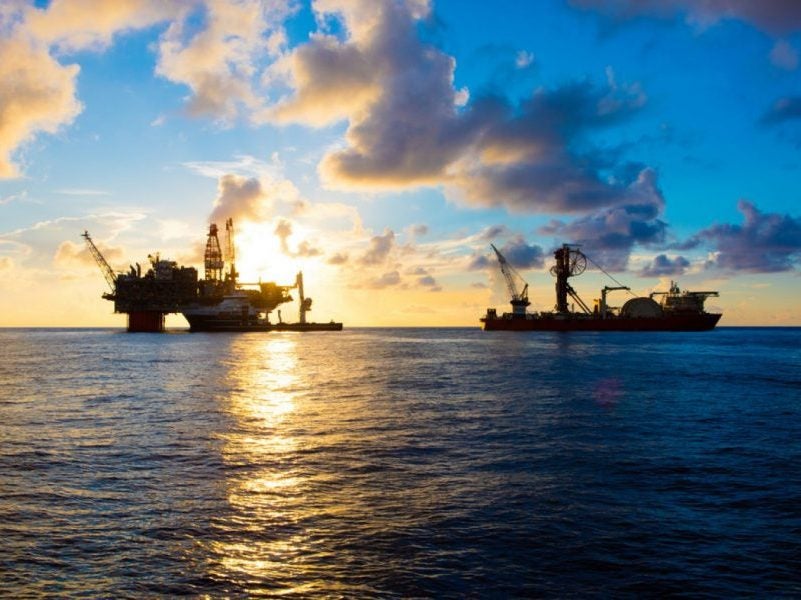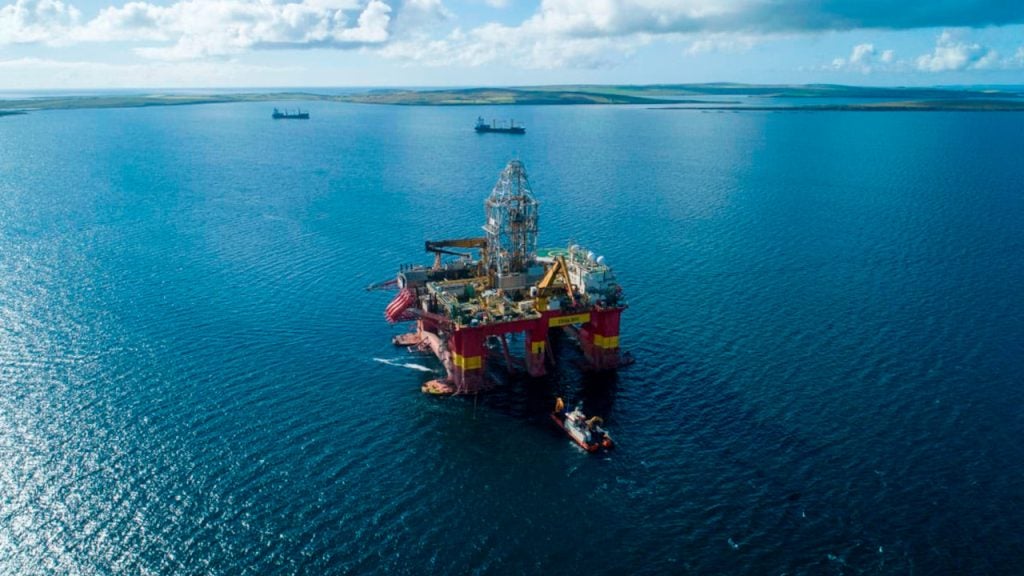
The Eldfisk field, located at a water depth of 70m around 320km offshore Stavanger in block 2/7 in the Greater Ekofisk Area of the Norwegian North Sea, is the fifth biggest oil field by reserve on the Norwegian Continental Shelf.
The offshore oil field, which has been in production since 1979, is currently undergoing a major expansion project named the Eldfisk II project to increase output and extend the field life up to 2050. Production was estimated at 34,000 barrels of oil per day (bpd) in 2013. The Eldfisk II project, scheduled for operation in 2015, is expected to contribute an additional production capacity of 70,000 barrels of oil equivalent per day.
With 35.11% ownership, ConocoPhillips is the operator of Eldfisk with Total (39.9%), Eni (12.39%), Statoil (7.6%) and Petoro (5%) being the other stakeholders.
Eldfisk discovery, geology and reserves
The Eldfisk field was discovered in 1970 and received development approval in 1975. The reservoir comprises of naturally fractured chalk lying at depths between 2,700m and 2,900m beneath the seabed. The field consists of three structures; Alpha, Bravo and Øst Eldfisk.
The Eldfisk field, as of December 2012, was estimated to contain 37.3 million cubic metres of oil, 5.4 billion cubic metres of gas and 200,000t of natural gas liquids (NGL) in recoverable reserves.
Related content
Knarr Field, North Sea, Norway
Knarr (formerly Jordbaer) oil and gas field is located in production licence 373S of block 34/3 in the Norwegian North Sea. It lies in the Tampen area, at a water depth of 1,320ft (400m).
Existing infrastructure of the Eldfisk field
The Eldfisk field currently comprises of four platforms, including three bridge-linked platforms; Eldfisk 2/7 A, Eldfisk 2/7 FTP and Eldfisk 2/7 E. It also has a combined drilling, wellhead and process platform named Eldfisk 2/7 B, located 6km northwest of the Eldfisk Complex.
Eldfisk 2/7 A is a combined living quarters, drilling and production platform whereas Eldfisk 2/7 FTP is the process platform that receives production from the Eldfisk 2/7 A platform through the bridge connection and from the nearby Embla field through a 5.2km oil and gas pipeline.
Eldfisk 2/7 E is a water injection platform operating since 1999. It produces up to 650,000 barrels of treated water per day, about half of which is injected into the Eldfisk reservoir under high pressure with the rest supplied through a 24km pipeline to the water injection facility at the Ekofisk field.
The oil processed at Eldfisk 2/7 FTP is sent to the Ekofisk 2/4 J platform of the Ekofisk Centre from where it is piped to the receiving terminal in Teesside. Most of the gas produced at the field is sent to the Eldfisk 2/7 E platform for drying and compression before being used as lift gas for wells. The rest of the produced gas is piped in untreated form to the Ekofisk 2/4 J platform. The gas from the Ekofisk Centre is routed by pipeline to Emden.
Eldfisk II development details
The Eldfisk II development project received approval in 2011. It involves the construction of a new accommodation, wellhead and process platform named Eldfisk 2/7S, as well as modifications to the existing facilities.
A total of 30 new production wells and nine additional water injectors will be drilled from the newly integrated facility. The Embla field will be tied to the new platform by subsea rerouting of the existing pipeline between Embla and Eldfisk FTP. The project also involves the installation and tie-in of two Wye structures downstream of the Eldfisk 2/7B platform, connected with a new 24in oil export pipeline and a 30in gas export pipeline from the 2/7S riser.
The jacket for the Eldfisk 2/7S platform was installed with the help of Saipem’s S7000 heavy-lift vessel in May 2013. The 96m-high steel structure weighs 13,000t and was built at the Dragados shipyard in Cadiz, south-west Spain. The new platform’s 15,500t topside is under construction at Stord shipyard, Norway, and is scheduled for installation in 2014.
Contractors involved with the Eldfisk II development project
Aker Solutions was awarded the front-end engineering design (FEED) contract for Eldfisk II in 2008.
Kvaerner, a subsidiary of Aker Solutions, was awarded the engineering, procurement and construction (EPC) contract worth NOK5.5bn ($980m) for the topside of the new Eldfisk 2/7S platform in March 2011. The scope of the contract included the fabrication of two bridges, one bridge support module and a flare.
Kvaerner will also provide offshore hook-up and commissioning assistance services as part of a NOK400m ($67m) contract confirmed in January 2013. Dragados was contracted to build the steel support jacket for the new facility.
Aker Solutions was awarded a contract worth NOK1.3bn ($217m) for modification works to the existing facilities of the Eldfisk field. Jotne E&P was subcontracted by Aker Solutions in November 2011 for the delivery of a Pig Launcher to the Eldfisk II modifications project.
Subsea 7 received the contract for the tie-in and construction services including the installation and tie-in of the Wye structures, as well as the new oil and gas export pipelines, and the subsea rerouting of the Embla Pipeline, as part of the Eldfisk II project in March 2011.









